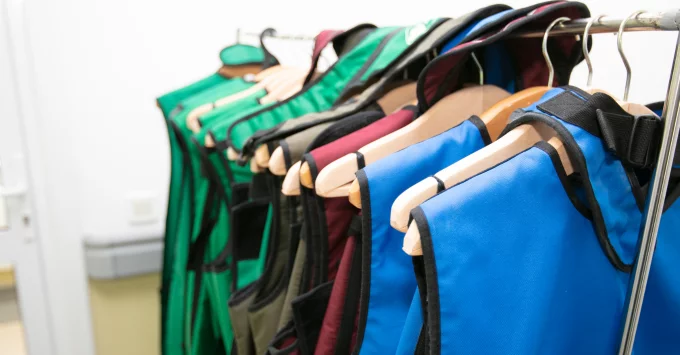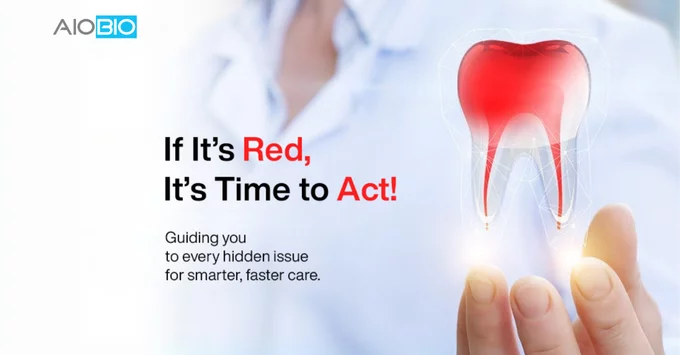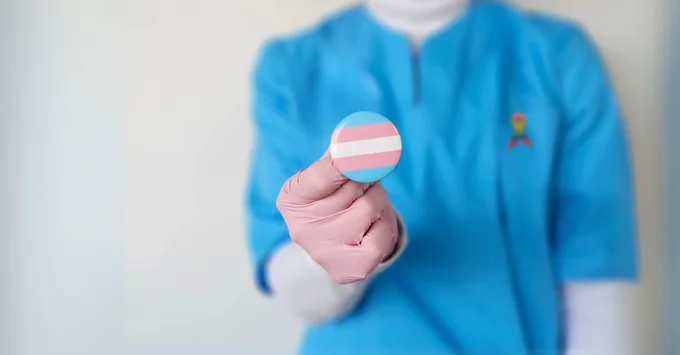By JoAnn Gurenlian, RDH, MS, PhD, AAFAAOM, FADHA
August 21, 2023
The American Academy of Oral and Maxillofacial Radiology (AAOMR) created an ad hoc committee to review information from radiation protection organizations and research studies that reported radiation dose to areas of the body affected by dentomaxillofacial imaging. Evidence-based recommendations and clinical guidance for the use of shielding of gonads, pelvic structures, fetuses, breasts, and thyroid glands during all dentomaxillofacial radiographic imaging procedures were provided.
Dental radiographs are used to evaluate patient symptoms and to screen for diseases. Imaging used in dental practice settings may include intraoral (bitewings and periapicals), panoramic, cephalometric, and cone-beam computed tomographic (CBCT) techniques. Digital receptors are used for intraoral, panoramic, and cephalometric radiography to reduce radiation exposure. Shielding is an approach that has been used to reduce exposure of sensitive tissue to external radiation. Specifically, gonadal shielding has been used during radiographic imaging to reduce the risk of radiation-caused hereditary effects, while thyroid shielding is used to reduce the risk of radiation-induced thyroid cancer.
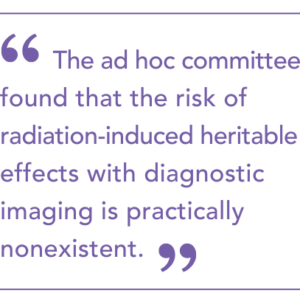 Although it has long been thought that shielding using lead aprons and thyroid shields were necessary to protect patients from and reduce exposure to radiation, the scientific evidence suggests otherwise. The ad hoc committee found that the risk of radiation-induced heritable effects with diagnostic imaging is practically nonexistent. Further, lead aprons do not protect against internal scatter radiation. Radiation doses to the gonads and fetus due to scattered radiation from dental imaging have been reduced to negligible levels. Therefore, scientific evidence does not support a need to use gonadal shielding during dentomaxillofacial imaging.
Although it has long been thought that shielding using lead aprons and thyroid shields were necessary to protect patients from and reduce exposure to radiation, the scientific evidence suggests otherwise. The ad hoc committee found that the risk of radiation-induced heritable effects with diagnostic imaging is practically nonexistent. Further, lead aprons do not protect against internal scatter radiation. Radiation doses to the gonads and fetus due to scattered radiation from dental imaging have been reduced to negligible levels. Therefore, scientific evidence does not support a need to use gonadal shielding during dentomaxillofacial imaging.
In addition, diagnostic imaging of a pregnant person poses no risk for conditions such as prenatal death, growth retardation, microcephaly, and intellectual disability. Evidence also demonstrated there is no need to require the use of cape aprons for breast shielding during dental radiography including CBCT imaging.
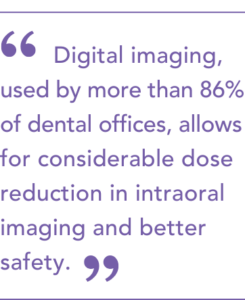 Lastly, there has been concern about the use of thyroid shields to protect both children and adults from the risk of thyroid cancer. Digital imaging, used by more than 86% of dental offices, allows for considerable dose reduction in intraoral imaging and better safety. Further, rectangular collimation decreases thyroid dose and is more effective at reducing thyroid dose than thyroid shielding. Thus, the recommendation is to discontinue the routine use of thyroid shielding during diagnostic intraoral, panoramic, cephalometric, and CBCT imaging.
Lastly, there has been concern about the use of thyroid shields to protect both children and adults from the risk of thyroid cancer. Digital imaging, used by more than 86% of dental offices, allows for considerable dose reduction in intraoral imaging and better safety. Further, rectangular collimation decreases thyroid dose and is more effective at reducing thyroid dose than thyroid shielding. Thus, the recommendation is to discontinue the routine use of thyroid shielding during diagnostic intraoral, panoramic, cephalometric, and CBCT imaging.
Additional considerations to note were that thyroid shielding and use of lead aprons in some cases caused artifacts that impacted the image quality and negatively affected diagnostic evaluation of the images. As a practical matter, these shielding devices may also become contaminated with saliva during the imaging procedures and patient cross-contamination could become an issue.
As is the case when any long-standing procedure is changed, patients may have questions. It is important that the oral health care team communicate that the use of shields has been investigated and newer findings show that there is an absence of substantial risk as well as a lack of any benefit from shielding. Oral health care professionals can reassure patients, address their concerns, and increase their confidence that the practice is making evidence-based decisions in the care that is being provided.
To learn more about doses of dental imaging, shielded and unshielded, read the full research report in The Journal of the American Dental Association.
____________________________________
This article summarizes the findings of the research report “Patient shielding during dentomaxillofacial radiography” as published in The Journal of the American Dental Association, published online August 1, 2023.
JoAnn Gurenlian, RDH, MS, PhD, AAFAAOM, FADHA, is the ADHA Director of Education and Research, professor emerita in the Department of Dental Hygiene at ISU, and former president of the American Dental Hygienists’ Association 1990-1991.
